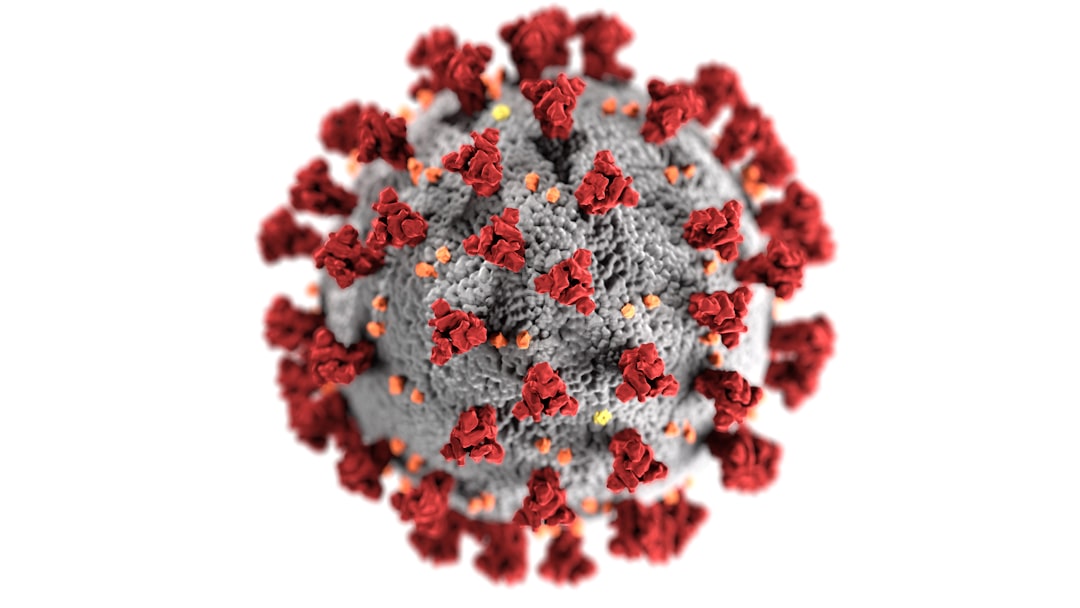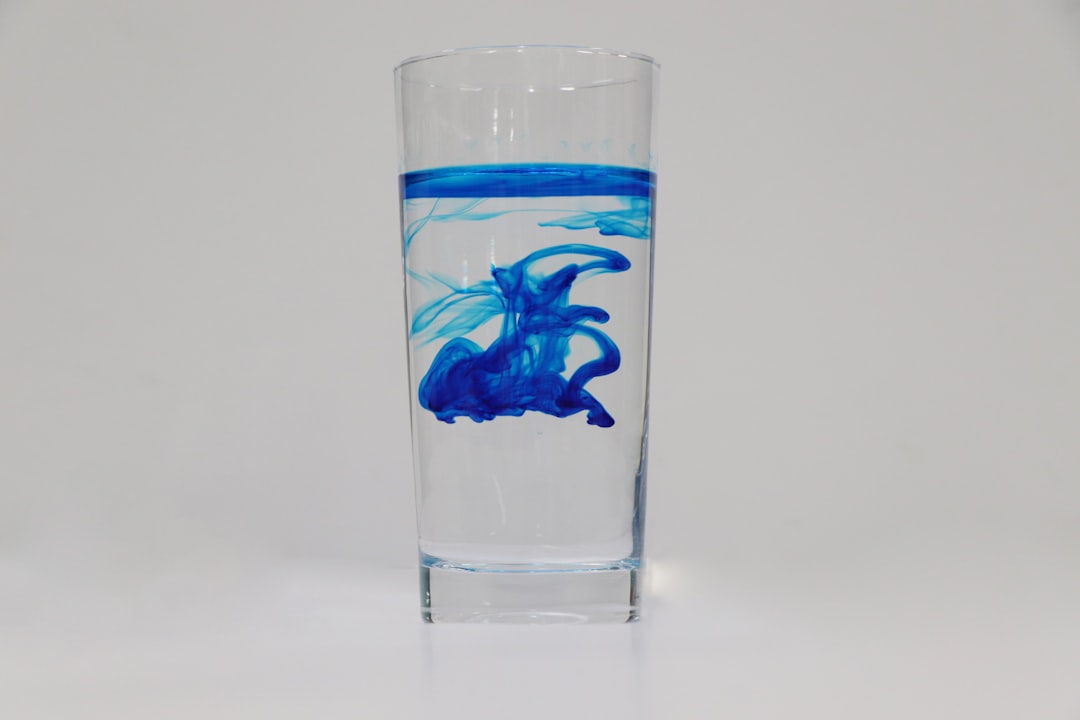What is it about?
The diode resonator is a simple electronic oscillator circuit consisting of just three basic components—a resistor, an inductor, and a diode—which was shown in the early 80s to display a rich variety of complex and chaotic behavior when driven by a voltage source. As such, this oscillator became a popular source of real experimental data useful for testing predictions based on nonlinear mathematical models. This paper continues and adds to the story of the diode resonator by using bifurcation analysis techniques to make a detailed 2d parameter map identifying the dynamical behaviors and showing the regime map’s good agreement with a map created from circuit measurements. The dominant feature of the map is a region of period-doubling cascade to chaos.
Featured Image

Photo by FlyD on Unsplash
Why is it important?
The diode resonator is a simple circuit and has been used for demonstrations of complex and chaotic behavior, including the period-doubling route to chaos, for decades. Standard diode models used in circuit design predicted much of the observed behavior. Yet, these models had not been used in a bifurcation analysis to make a thorough prediction of the variety of behaviors in the 2d parameter space of the voltage source’s amplitude and frequency. Recently, interest in using small versions of the diode resonator known as nonlinear split ring resonators in the fabrication of meta-materials with interesting magnetic properties in the GHz and THz range has added an application-oriented interest in the diode resonator to the previous scholarly interest. This paper shows good agreement of prediction and measurement over most of the regime map, however, there is a discrepancy in a small region which deserves further investigation. The results presented in this paper add to the story of the diode resonator and may be beneficial to the application of arrays of the split ring resonators in meta-materials.
Read the Original
This page is a summary of: RLC resonator with diode nonlinearity: Bifurcation comparison of numerical predictions and circuit measurements, Chaos An Interdisciplinary Journal of Nonlinear Science, July 2024, American Institute of Physics,
DOI: 10.1063/5.0206829.
You can read the full text:
Contributors
The following have contributed to this page










